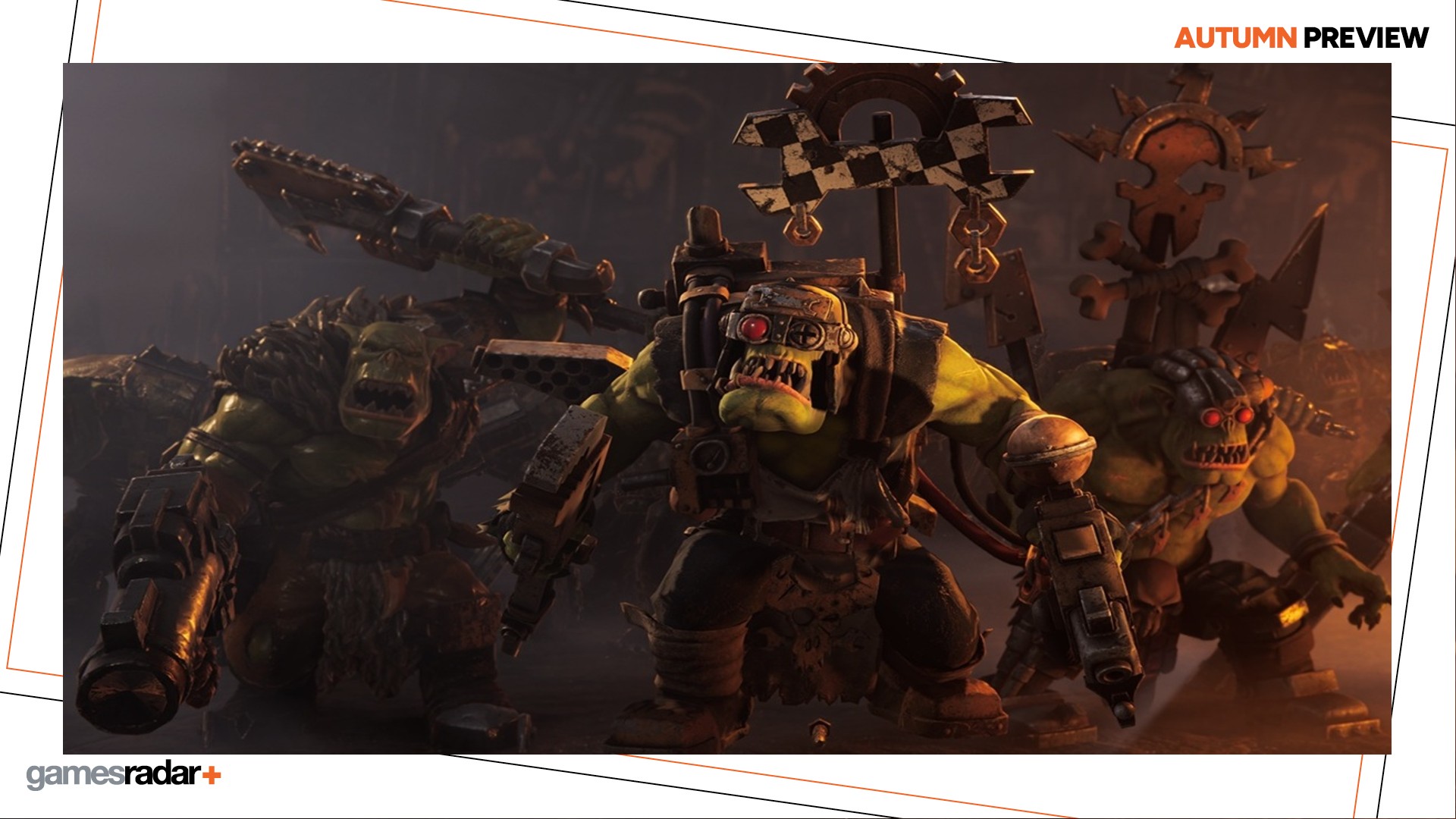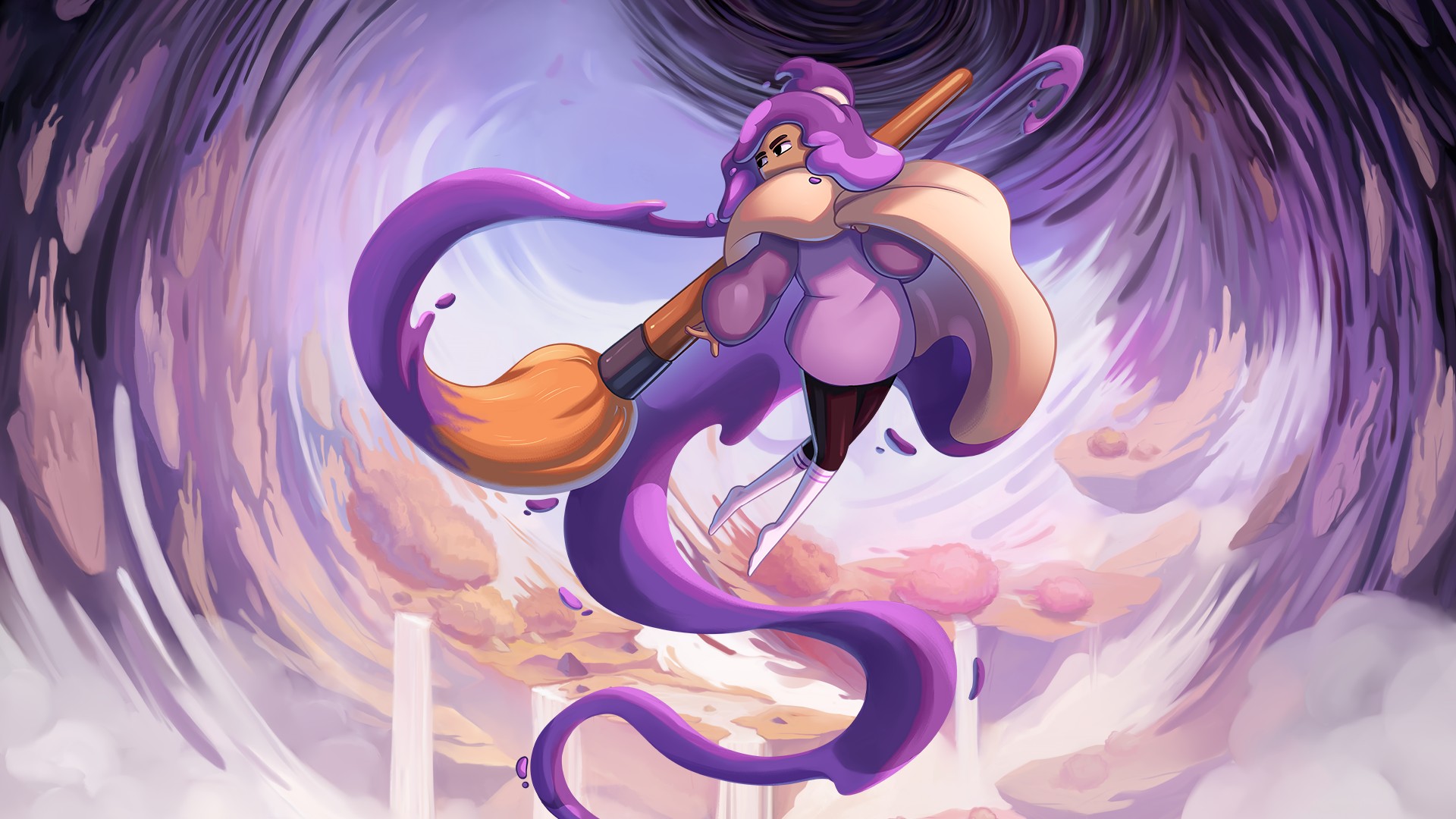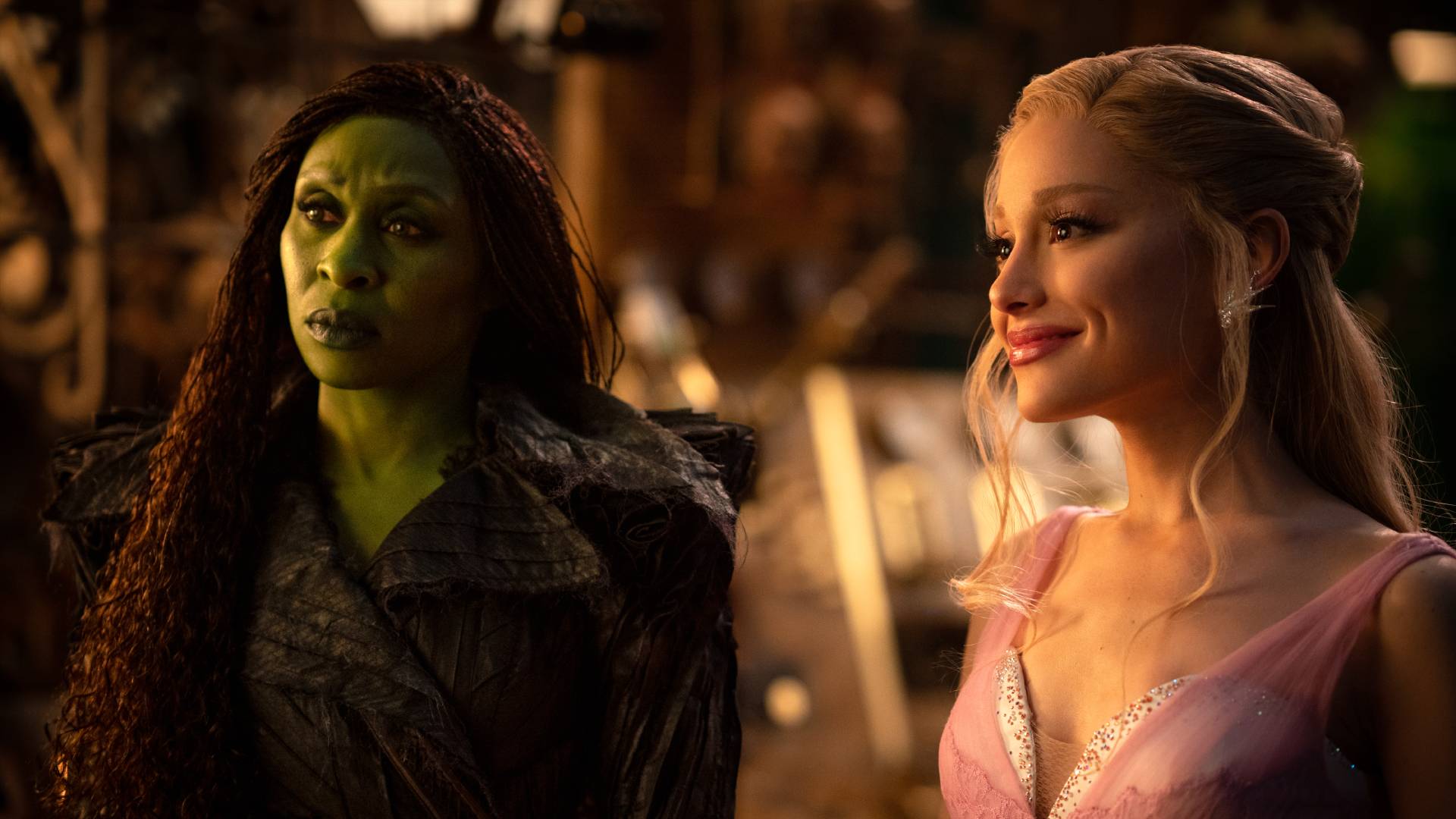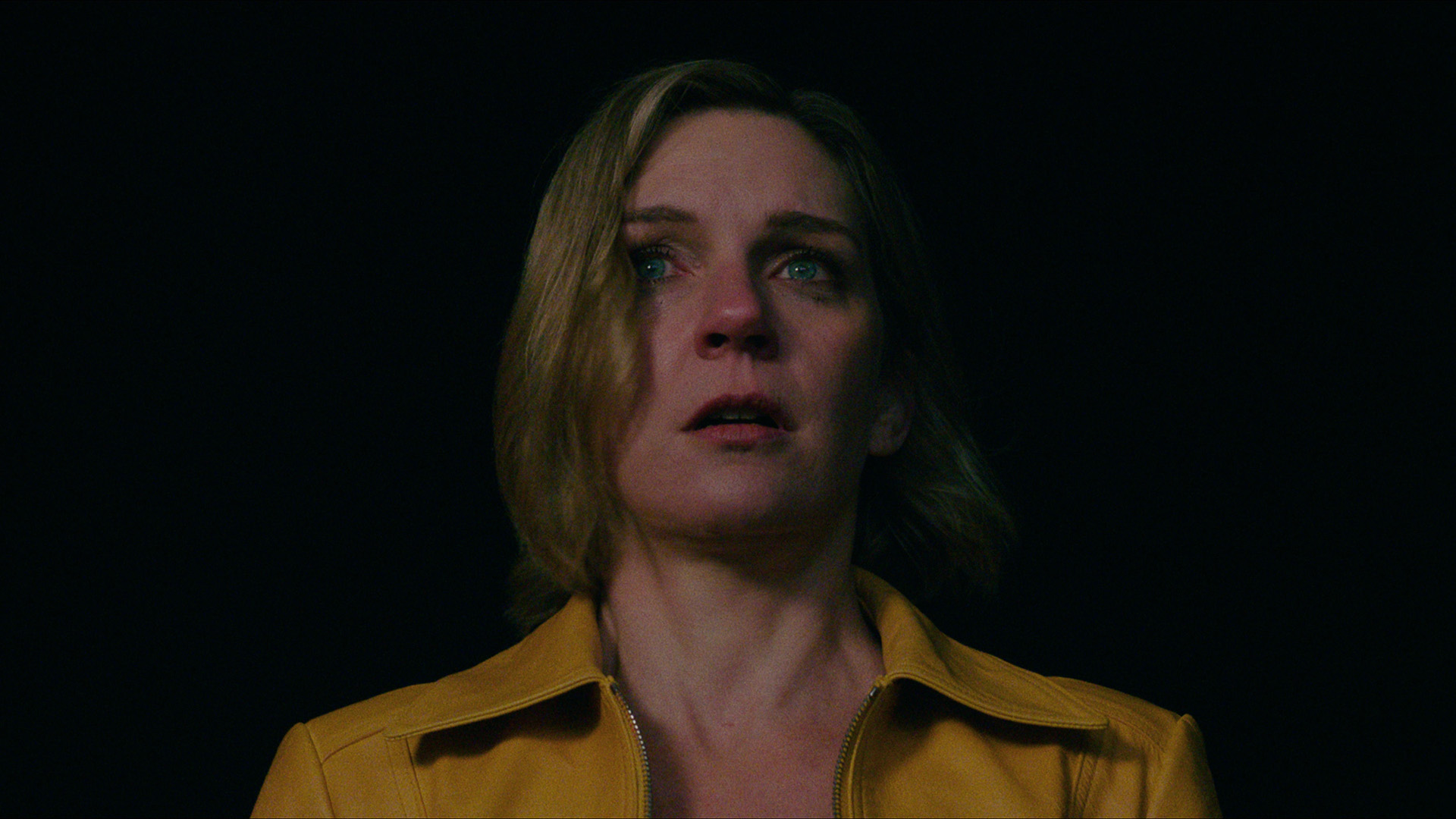If Baldur's Gate 3 and Pentiment were blasted into space, you'd get Warhammer 40K: Dark Heresy – and after checking it out for an hour, I couldn't have plucked a better RPG from my dreams
Preview | The Elder Scrolls 6 who? If you loved Baldur's Gate 3, Dark Heresy should already be your most-anticipated game
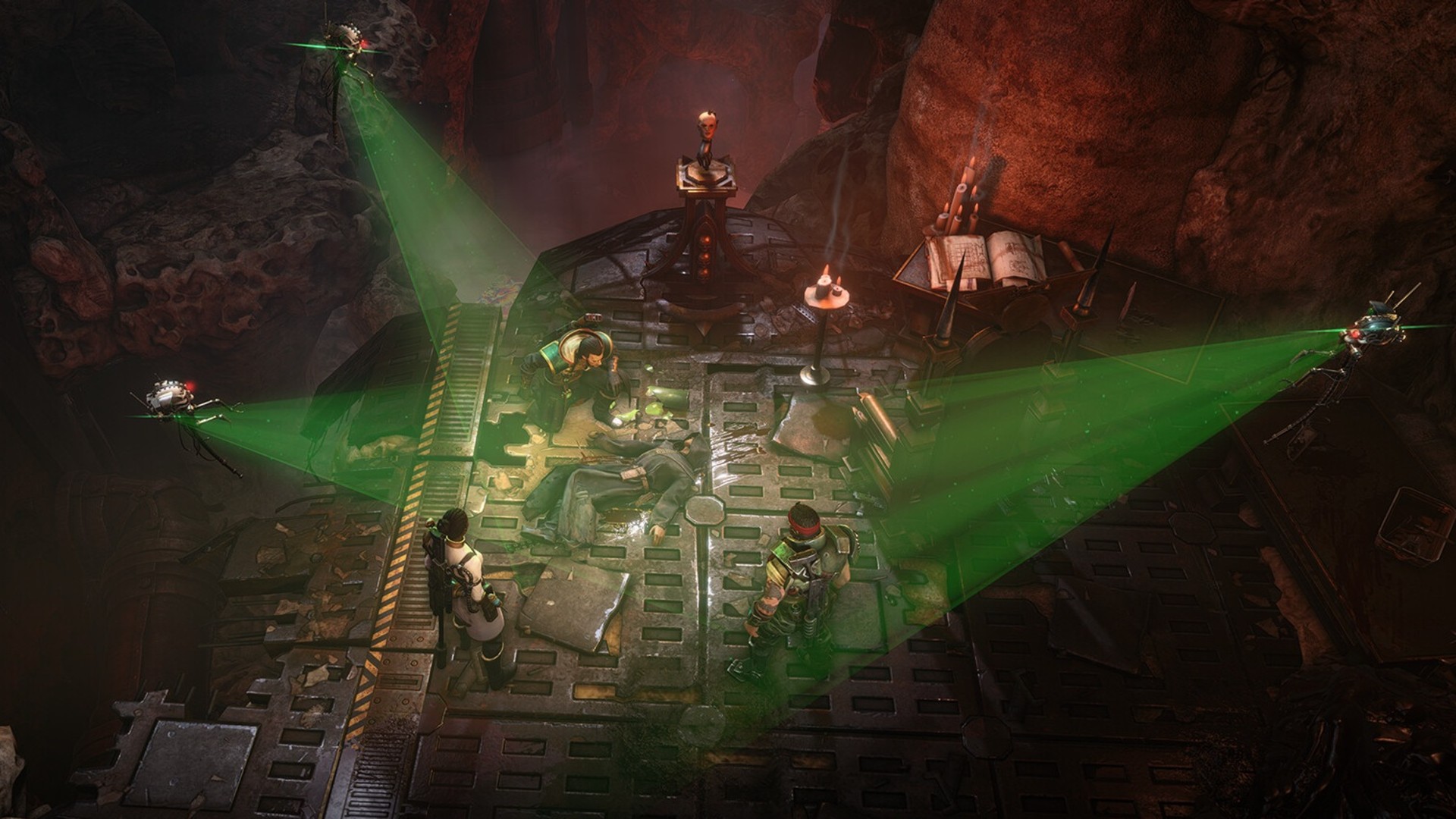
Given that 2025 has been such a ludicrously wonderful year for RPGs, I'm going to give you a pass if Warhammer 40K: Dark Heresy's reveal back in May slipped under the radar. But that's the only pass you're getting, because I'm telling you about it now – and if you're still not paying attention, well buddy, that's on you. Put it this way: I've got 242 hours in Baldur's Gate 3 and another 114 in Rogue Trader, and if Dark Heresy is half as good as it already seems, it's on track to blow right past those playtimes.
Having seen an hour of Owlcat Games' return to the Imperium at Gamescom, I feel obligated to shout about it from the rooftops. A follow-up to the criminally underrated Warhammer 40K: Rogue Trader, Dark Heresy tasks players with investigating – wait for it – heresy across the universe, all in the name of protecting humanity. It's a staggeringly ambitious undertaking, with additions including in-combat morale and open-ended investigations that never tell you if you're right.
The Hive City
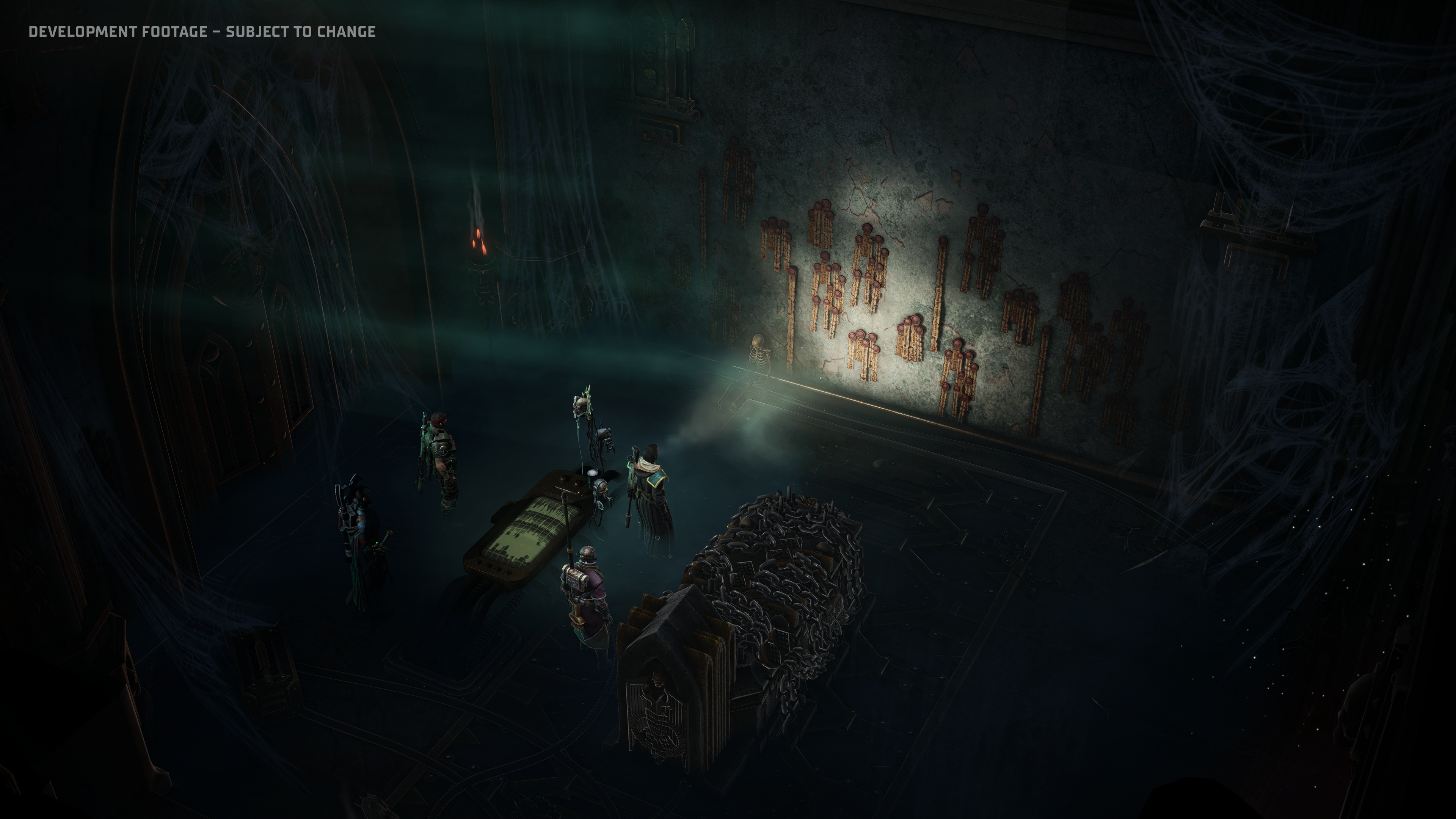
My hands-off demo takes place roughly 15 hours into Dark Heresy, within the squalid depths of a lower Hive City – picture slums built on top of more slums, each layer worse than the last. Anatoly Shestov, executive producer at Owlcat, is controlling our Inquisitor to investigate a string of missing persons. Shestov warns me that Dark Heresy isn't about saving people – your job, if anything, is bureaucratic – and there's "no such thing as a 'good' path".
It's a key difference from Rogue Trader. Rather than playing as someone chartered to essentially do what they want, Dark Heresy's Inquisitor has a job to do. How you do that is up to you – Shestov says you can go full "Schwarzenegger" if you prefer to shoot first and ask questions later – but for this demo, we mostly get to grips with good old-fashioned detective work.
Meeting a higher-ranking Inquisitor from the Ordo Xenos, we're given access to an abandoned archeological dig where a number of workers have gone missing. These types of investigation are fairly common – Owlcat is keen to make players feel like genuine investigators, which means you'll need to pull the scene apart to build your case. Certain points of interest in the crime scene allow you to select a hypothesis on what happened – were these supplies dragged away by wildlife, for example, or bandits? – and reconstruct your chosen event via hologram.
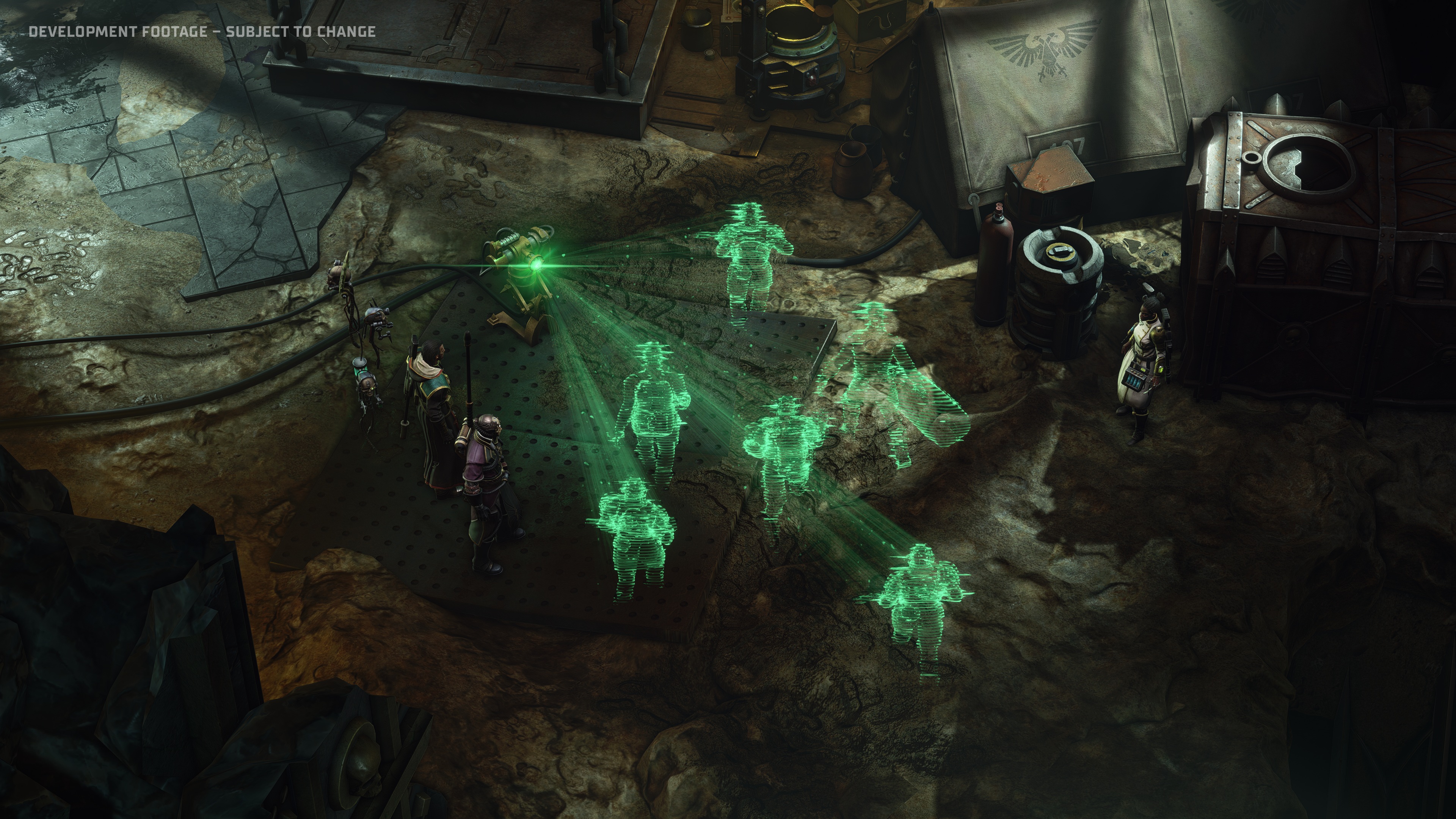
Other evidence can be missed entirely, as Shestov points out that you could loot a crucial note without even realizing, if you don't pay attention. Even beyond this specific investigation, other side quests can provide crucial evidence for separate cases.
For these abductions, though, we have enough to form a hypothesis: something Chaos-shaped is involved. Setting up holograms, we reconstruct a rough timeline of events – picking a theory for each hologram – and present our findings to the Ordo Xenos Inquisitor. Interestingly, Dark Heresy will never say if you're right or not – though there will still be consequences for your choices. I point out the similarities to Pentiment, in which Obsidian similarly kept tight-lipped about whether you caught the correct killers, and Shestov lights up, nodding.
Weekly digests, tales from the communities you love, and more
Unlike Andreas Maler, who was perhaps an Inquisitor in spirit but limited by 16th century technology, we'll have significant resources to solve cases. For example, find traces of psionic activity, and you can send it off for a psyker specialist to study. And because we're a cog in one of the Imperium's most feared agencies, whatever we say goes: very few people are going to stand up to an Inquisitor, let alone cast doubt on them, which means the line between fact and fiction is near non-existent if you don't pay attention.
Measuring morale
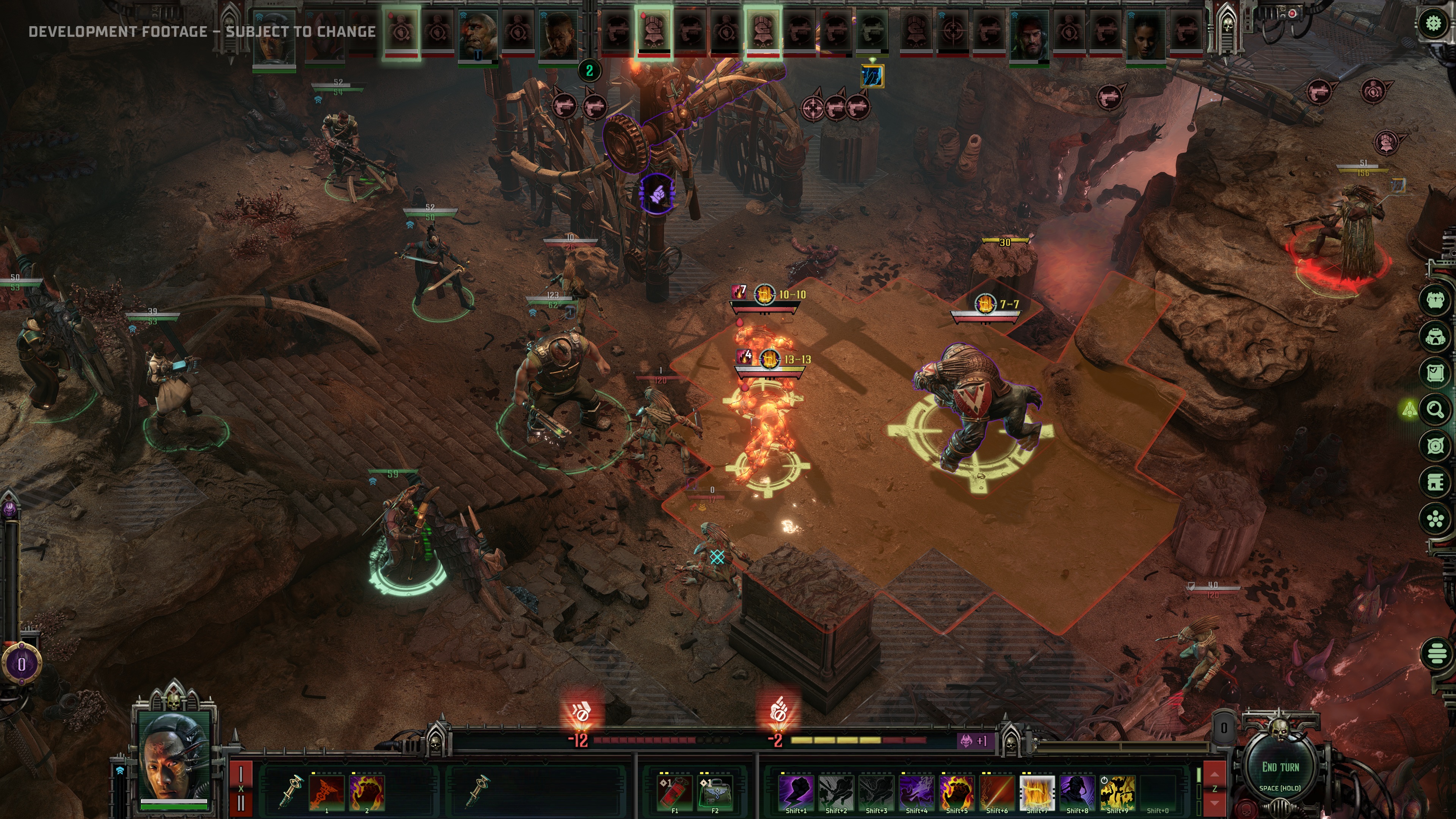
Combat is a little more straightforward. After wrapping things up with Ordo Xenos, we walk further into the hive city and stumble upon a gang safehouse where hostages are being kept. There are multiple ways to handle it, but Shestov leaves our approach up to me. I decide to negotiate sending one of our party – a shotgun-toting medic – inside under the guise of ensuring the hostages' are still alive, only to go guns-blazing once they've slipped past the room.
With our medic inside and the rest of the party fighting the criminals head-on, it's a ropey fight. The addition of destructible cover means combat is far more dynamic than in Rogue Trader, while improved targeting means you can aim for specific parts of your foe: we shoot one thug in the hand to make them drop their gun, and later gun for their leader's legs to keep them trapped in the middle of the shootout.
While Rogue Trader would chart combat with a momentum bar, allowing for powerful abilities depending on how confident or desperate the party is, Dark Heresy introduces morale. Each character has their own morale bar, rather than the shared momentum, but the real kicker? If one side's morale falters, the fight is over. I get to see that first-hand during the tail-end of our brutal shootout, in which, after bombarding the hive city gang with larger-than-god miniguns and psychic fire, the criminals begin to rout – acting strangely and making increasingly risky plays as their morale falters, and finally giving up when it breaks entirely, bringing the encounter to a halt.
Morale is brilliant for two reasons. At a mechanical layer, it's a smart way to avoid making players go through the motions to wrap up a fight that was decided five turns ago (no more hunting down lone baddies halfway across the map). But with the game's heavy focus on making you feel – hell, even work – like an Inquisitor, it feels deliciously immersive to see enemies wholesale give up instead of fight you.
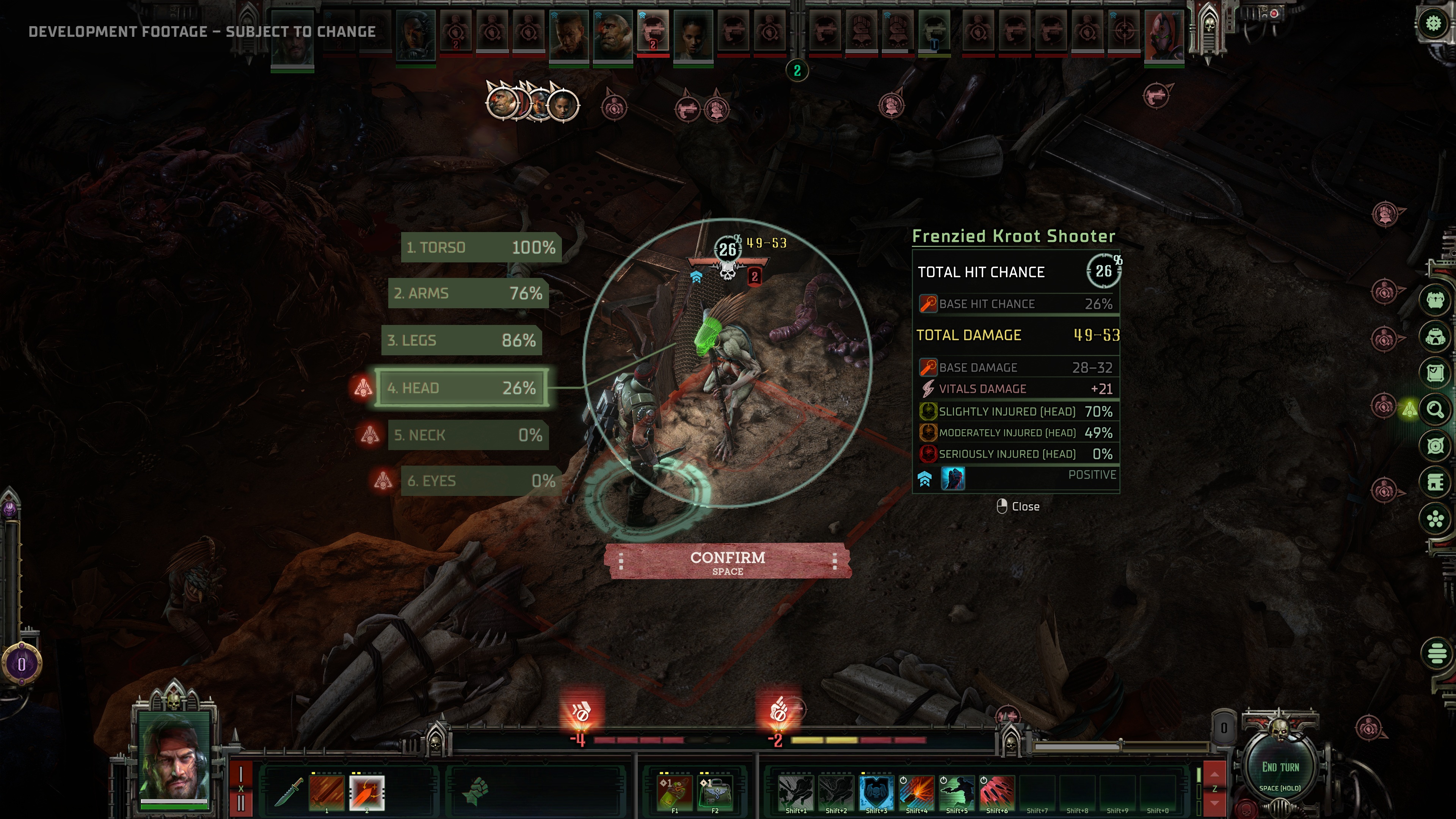
The preview reveals a level of ambition that even existing Owlcat fans will be staggered by
Zooming out, Shestov says that the context of combat will be a little different to Rogue Trader, which had a tendency to pad itself out with less-meaningful fights – particularly later on in the game. There's less fighting in Dark Heresy (though still lots), and Shestov explains that it's to chase quality over quantity. Each of these battles will supposedly have a unique narrative premise, he adds, doubling down when I ask if he means every battle. "Every. Fucking. Fight. In. The. Game."
It's just one facet of Owlcat's ambition, which shines throughout the demo. A scattershot of improvements upon Rogue Trader include fully voice-acted lines and improved visuals to allow for more detailed environments. If that last point doesn't sound too thrilling, perhaps I'm underselling it: Dark Heresy is such a technical upgrade that Owlcat couldn't reuse Rogue Trader's assets if it wanted to. The jump not only represents a major leap between the two games, but significant investment from Owlcat – Shestov explains that Dark Heresy was being discussed before Rogue Trader was even revealed.
Coming into Dark Heresy, I assumed it would be a natural continuation from Rogue Trader. It was announced less than two years since its predecessor launched, a turnaround that's practically unheard of in today's development landscape. In truth, the preview reveals a level of ambition that even existing Owlcat fans will be staggered by – and after years of wondering when the studio will find its Baldur's Gate 3-esque mainstream success, Dark Heresy already feels seismic.

Andy Brown is the Features Editor of Gamesradar+, and joined the site in June 2024. Before arriving here, Andy earned a degree in Journalism and wrote about games and music at NME, all while trying (and failing) to hide a crippling obsession with strategy games. When he’s not bossing soldiers around in Total War, Andy can usually be found cleaning up after his chaotic husky Teemo, lost in a massive RPG, or diving into the latest soulslike – and writing about it for your amusement.
You must confirm your public display name before commenting
Please logout and then login again, you will then be prompted to enter your display name.
